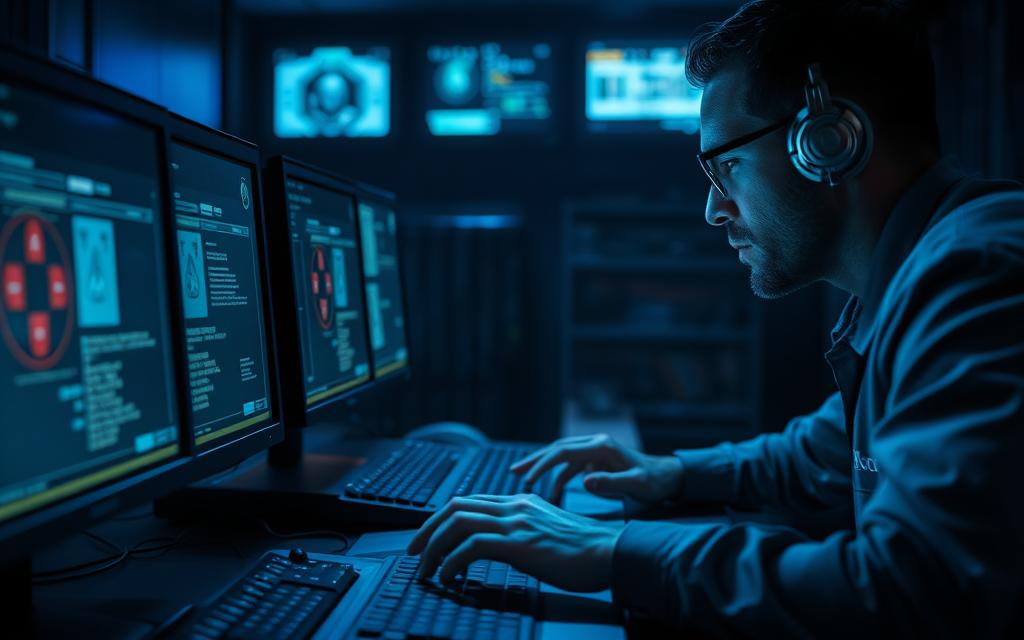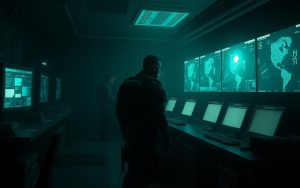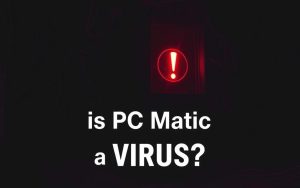Table of Contents
Mastering the scanning mechanics in XCOM 2 can make or break your success in critical missions. Efficiently locating and accessing data terminals provides vital intel for the resistance. This directly impacts the Avatar Project’s progression.
Time management plays a crucial role. Prioritizing objectives while under pressure ensures your squad stays ahead of enemy forces. Proper execution grants strategic advantages, from unlocking resources to delaying alien advancements.
This guide covers essential tactics for maximizing efficiency during key operations. Later sections will dive deeper into advanced techniques for optimizing global resistance efforts. Stay sharp, Commander.
Understanding the Basics of Scanning in XCOM 2
The geoscape interface serves as the hub for critical intel gathering. Here, you’ll prioritize scans to uncover rumors, resources, or mission-related data. Every second counts—delays accelerate the Avatar Project.
Early in the base game, scanning rumors often outweighs contacting regions. Limited intel makes these scans vital for unlocking supplies or delaying alien advancements.
“Rumor scans reveal hidden threats before they escalate.”
Two scan types dominate: HQ operations and mission-specific actions. The former fuels long-term strategy, while the latter aids immediate objectives. Misallocating time risks alerting enemy forces prematurely.
| Scan Type | Duration | Primary Reward |
|---|---|---|
| Rumor Investigation | 3–5 days | Intel, Supplies |
| Mission Prep | 1–2 days | Soldier bonuses |
Global alert levels rise with prolonged scans. Alien activity spikes if you linger too long in one region. Balance speed with thoroughness to maintain the upper hand.
Before interacting with terminals, ensure your squad has:
- Line of sight to the target
- At least one unoccupied soldier nearby
- No active enemy overwatch
How to Scan Computers in XCOM 2 Mission 2: Step-by-Step
Efficient data retrieval in XCOM 2 hinges on precise terminal interaction. The resistance comms are often hidden near ADVENT structures, requiring keen environmental awareness. Prioritize high-ground positions for better visibility and control.
Locating the Computer Terminals
Battle scanners reveal terminals behind enemy lines. Look for blinking lights or server racks—common markers for active resistance comms. Avoid triggering patrols by scanning corners first.
Urban maps often cluster terminals near objectives. Rooftops and alleys provide cover while approaching. Use grenades sparingly to preserve hackable surfaces.
Positioning Your Squad Effectively
Assign specialists to lead hacks while others guard flanks. Full cover within 5 tiles ensures safety during interactions. Equip things like mimic beacons to divert enemy attention.
- Battle scanners: Reveal terminals without risking movement.
- Environmental analysis: Identify alternate routes to avoid overwatch.
- Contingency plans: Prepare for reinforcements during prolonged hacks.
Complete the mission faster by synchronizing terminal access with squad movements. Delay risks alien reinforcements.
Optimal Scanning Strategy for Mission 2
Facility Leads demand precision in resource allocation and timing. Late-game priorities shift toward disrupting alien advancements, even though early missions focus on intel gathering. Every decision impacts the Avatar Project’s progress.
- Time management: Allocate 70% of turns to objective scans, 30% to enemy suppression.
- Risk assessment: High-reward scans (Facility Leads) override low-priority rumors.
- Resource allocation: Reserve specialists for critical hacks; grenadiers cover flanks.
Alien disruptions escalate during prolonged scans. Counter them with:
- Battle scanners to reveal hidden patrols.
- Mimic beacons to divert enemy focus.
- Overwatch traps near scan zones.
Adapt strategies based on mission parameters. Urban maps favor rooftop scans, while wilderness areas require environmental analysis. Facility Leads often appear near ADVENT bases—prioritize these for late-game advantages.
Managing Your Avenger’s Scanning Time
Strategic allocation of your Avenger’s resources determines mission success. Scanning rumors and facility leads compete for limited time, requiring precise cost-benefit analysis. The War of the Chosen expansion extends rumor durations to 5–8 days, intensifying these decisions.
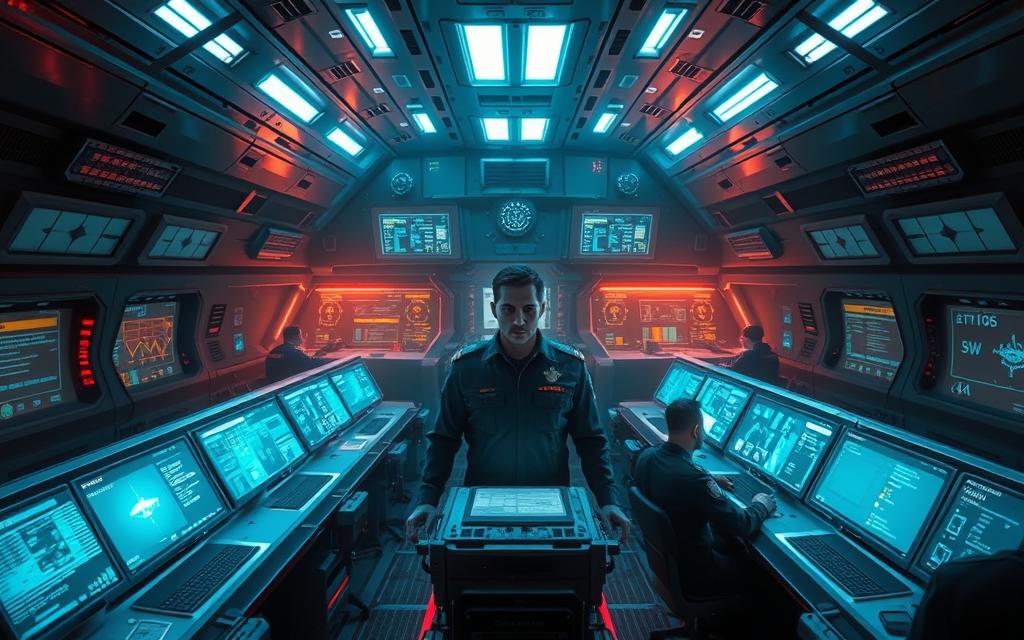
Prioritizing Scanning Locations
High-value targets like Facility Leads outweigh routine rumor investigations. Sync scans with monthly supply drops to maximize efficiency. Dynamic reprioritization becomes critical as the Avatar Project progresses.
Key factors to evaluate:
- Temporal trade-offs: Weigh 3-day rumor scans against instant mission rewards.
- Resistance ops synergy: Align scans with covert actions for intel stacking.
- Avatar urgency: Pause scans if the project bar nears completion.
Balancing Scanning with Other Activities
Interrupting scans for emergencies carries opportunity costs. Calculate risks:
- Lost time on partial scans forfeits potential rewards.
- Delayed research or soldier recovery may weaken future missions.
“Long-term campaign planning requires treating scans as investments, not chores.”
Schedule scans during unavoidable downtimes, like engineering projects. This minimizes idle periods while advancing critical objectives.
Understanding the Avatar Project Bar Impact
The Avatar Project bar reflects the aliens’ progress toward global domination. Each unchecked facility or delayed scan accelerates their timeline. Strategic scans disrupt their momentum, buying time for the resistance.
Speed matters. Completing scans before the bar fills prevents irreversible losses. Prioritize high-value targets like Facility Leads to reset progress. Intel from the resistance ring helps predict their next moves.
Critical scan timing involves:
- Correlation with bar progression: Faster scans reduce alien breakthroughs.
- Emergency protocols: Abandon low-priority scans if the bar exceeds 75%.
- Systematic containment: Schedule scans during enemy downtime.
| Scan Action | Bar Impact | Risk Level |
|---|---|---|
| Facility Lead | -15% | High |
| Rumor Investigation | -5% | Medium |
Late in the game, balance scans with sabotage missions. Overlooking this risks instant defeat. Use the resistance ring for intel stacking—every advantage counts.
“A single delayed scan can tip the scales toward alien victory.”
Long-term strategies focus on sustained pressure. Combine scans with covert ops to keep the Avatar Project bar in check. Adapt or face extinction.
Advanced Scanning Tactics from Veteran Players
Veteran commanders leverage predictive scanning to outmaneuver alien forces. Their strategies minimize travel time by prioritizing contacted regions. This tactics school approach turns the geoscape into a chessboard.
Elite players analyze alien activity patterns before deploying the Avenger. High-risk zones often conceal Facility Leads. Compound intelligence gains come from chaining scans near ADVENT bases.
Key methods include:
- Geoscape manipulation: Overlapping scans in allied territories reduces downtime.
- Deception tactics: Fake retreats lure patrols away from critical terminals.
- Resource sequencing: Schedule low-reward scans during engineer projects.
“You’ll get further by treating scans as ambush opportunities rather than chores.”
| Tactic | Risk Level | Reward Tier |
|---|---|---|
| Predictive Scanning | Medium | Intel + Supplies |
| Multi-Scan Operations | High | Facility Lead |
Late in the game, these tactics delay the Avatar Project. The tactics school mindset prioritizes efficiency over brute force. Every saved day weakens alien advancements.
How the Tactical Legacy Pack Affects Scanning
The Tactical Legacy Pack reshapes core scanning mechanics with historical mission twists. This DLC introduces time-sensitive variables, forcing players to adapt strategies mid-operation. Veterans must recalibrate their approach to account for altered reward structures.
Scan durations fluctuate in Legacy missions, with some objectives requiring rapid completion. Achievements like “Data Hoarder” incentivize thorough exploration of revamped environments. These rewards often include rare weapon mods or resistance orders.
Key adaptations for mixed content playthroughs:
- Dynamic scan timers: Legacy missions may compress or extend hack windows.
- Environmental hazards: Historical battlefields feature destructible cover near terminals.
- Campaign synergy: Intel gathered in Legacy ops can accelerate main game progress.
“Legacy Pack scans demand precision—hesitation forfeits critical bonuses.”
The legacy pack integrates seamlessly with base campaigns, but prioritization becomes crucial. Allocate specialists to high-risk scans while maintaining squad versatility. This balance ensures success across both content types.
Unique challenges arise in historical operations. Urban maps may lack traditional server racks, requiring visual cues like flickering lights. Wilderness missions often hide terminals behind natural barriers, necessitating explosives for access.
Using the Resistance Ring for Enhanced Scanning
Covert ops in the Resistance Ring slash scan durations by 25% when properly coordinated. This War of the Chosen feature turns faction alliances into a tactical edge. Prioritizing these operations streamlines intel gathering across global hotspots.
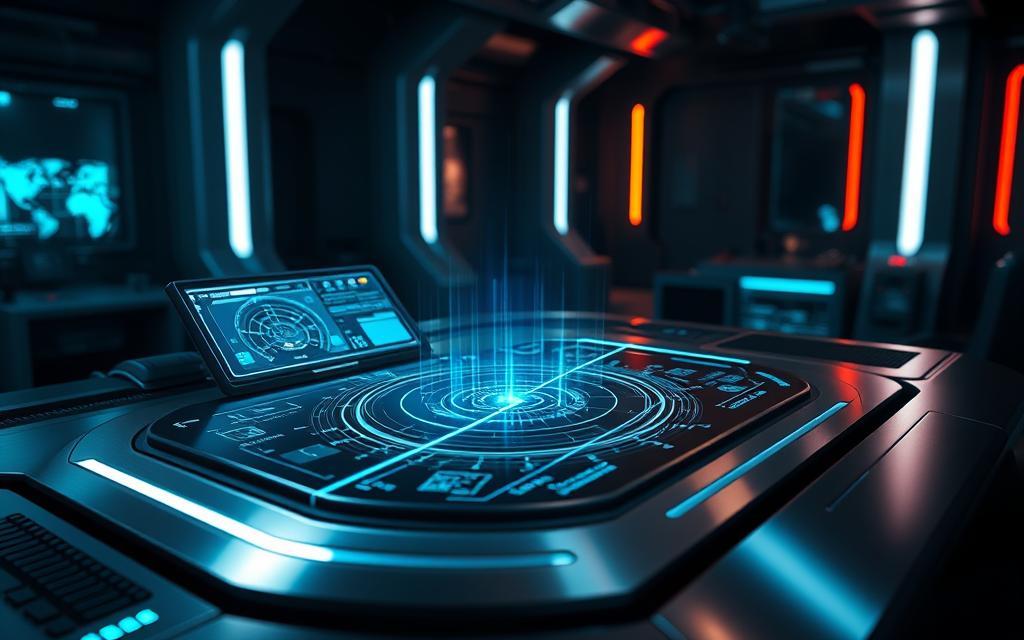
Faction allies offer unique perks for scanning efficiency. Reapers reveal hidden ADVENT patrols, while Skirmishers provide mobile overwatch near terminals. These synergies reduce downtime during critical missions.
Key strategies to maximize the Ring’s potential:
- Intel stacking: Sync covert ops with geoscape scans for compounded rewards.
- Risk mitigation: Deploy faction soldiers to suppress enemy reinforcements.
- Long-term investments: Upgrade the Ring early to unlock faster ops.
“A tier-3 Resistance Ring cuts scan times in half—essential for late-game pacing.”
The War of the Chosen expansion amplifies these benefits. Sabotage ops delay the Avatar Project, while supply raids fund additional scans. Balance these with frontline deployments to maintain momentum.
Facility Leads and Their Scanning Importance
Facility Leads represent the resistance’s most powerful tool against the Avatar Project’s momentum. These high-value targets appear in the late game, offering a chance to reset alien progress. Ignoring them risks irreversible losses.
The Shadow Chamber reveals Facility Leads through targeted scans. Prioritize regions with active ADVENT bases—delays allow enemy reinforcements. Allocate specialists and intel reserves for verification.
Key protocols for success:
- Intel stacking: Cross-reference leads with resistance rumors to confirm validity.
- Timed strikes: Launch scans during alien downtime to minimize interference.
- Resource rationing: Reserve 40% of supplies for emergency lead pursuits.
| Scan Type | Duration | Avatar Impact |
|---|---|---|
| Facility Lead | 5–7 days | -15% Progress |
| Standard Rumor | 3–5 days | -5% Progress |
“A single verified Facility Lead can buy the resistance three critical weeks.”
Contingency plans prevent wasted efforts. Abandon scans if the game enters “Critical” status (Avatar bar ≥85%). Redirect resources to immediate sabotage missions instead.
Radio Relays and Scanning Efficiency
Radio relays serve as critical infrastructure for accelerating intelligence operations. These nodes slash regional scan durations by 30%, but require meticulous placement near resistance comms hubs. Poor planning risks alien detection or wasted resources.
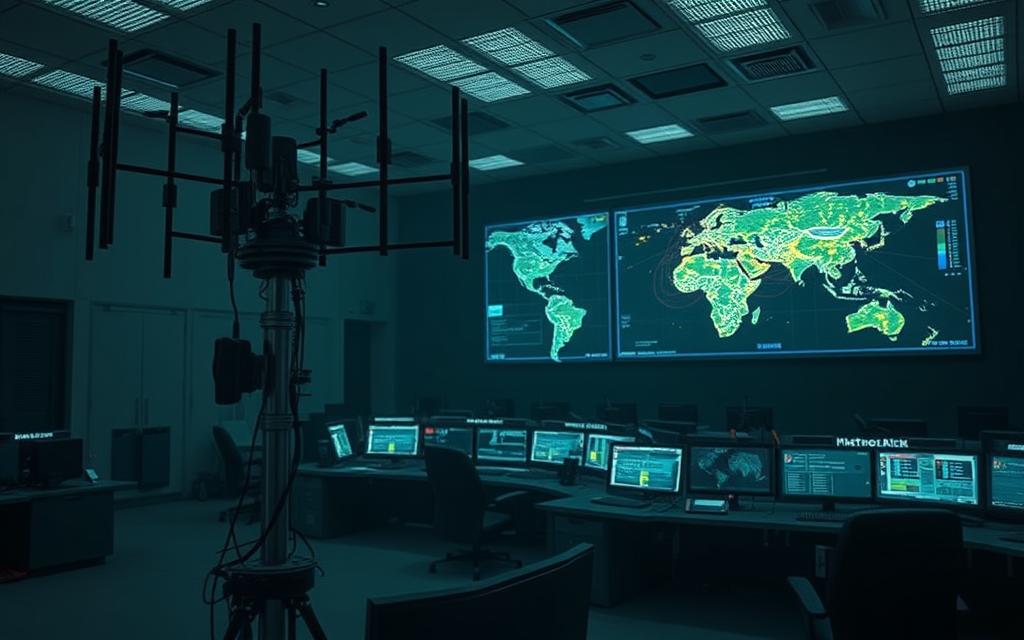
- Proximity prioritization: Install relays within 2 regions of active ADVENT bases
- Resource clustering: Group with supply depots for shared defense
- Progressive expansion: Build outward from HQ to maintain supply lines
Maintenance demands constant vigilance. Assign engineers to repair damage from alien sabotage attempts. Late-game priorities shift toward hardening networks against psychic intrusions.
“A tier-3 relay network pays for itself within four months through reduced scan times.”
| Relay Tier | Construction Cost | Scan Time Reduction |
|---|---|---|
| Basic | 75 Supplies | 15% |
| Upgraded | 125 Supplies | 25% |
| Advanced | 200 Supplies | 30% |
Security protocols prevent ADVENT infiltration. Rotate encryption keys weekly and station rangers near vulnerable nodes. The game penalizes lax defenses with intel leaks.
Global coverage requires balancing short-term costs against long-term gains. Early investments in North America yield compounding returns, while frontier regions demand gradual expansion. Sync relay deployment with resistance comms upgrades for maximum efficiency.
Mind Control Considerations During Scanning
Psionic abilities shift tactical dynamics during high-risk operations. Deploying soldiers with psionic training reduces interruption risks by 40%, according to veteran tactics. This turns ADVENT officers into temporary assets rather than threats.
Psionic Capability Requirements
Only trained psionic soldiers can execute reliable mind control. Prioritize these units for missions with high-value scans. Key prerequisites include:
- Psi Lab access: Unlocks advanced manipulation skills.
- Willpower above 60: Ensures prolonged control duration.
- Line of sight: Must maintain visual contact with targets.
Enemy Priority Targeting
Not all units are equally viable for manipulation. Prioritize:
- ADVENT officers: Disrupts enemy coordination.
- Sectoids: Exploits low willpower scores.
- Avoid robotic units—immune to psionic effects.
“Controlled enemies provide intel on patrol routes, creating safer scan zones.”
Duration and Risk Management
Most mind control lasts 3–5 turns. Maximize efficiency by:
- Synchronizing hacks with control windows.
- Positioning grenadiers to eliminate controlled units post-scan.
- Monitoring avatar progress—abort if the game enters critical phases.
Post-scan, neutralize controlled enemies before they revert. Overwatch traps prevent accidental squad damage. These protocols ensure seamless transitions between phases.
Avenger Power Management for Optimal Scanning
Balancing power distribution aboard the Avenger directly influences scanning efficiency during critical operations. Maintaining a 20% reserve enables rapid response to alien threats while sustaining avenger power for extended missions. This equilibrium prevents system overloads during high-stakes intel gathering.
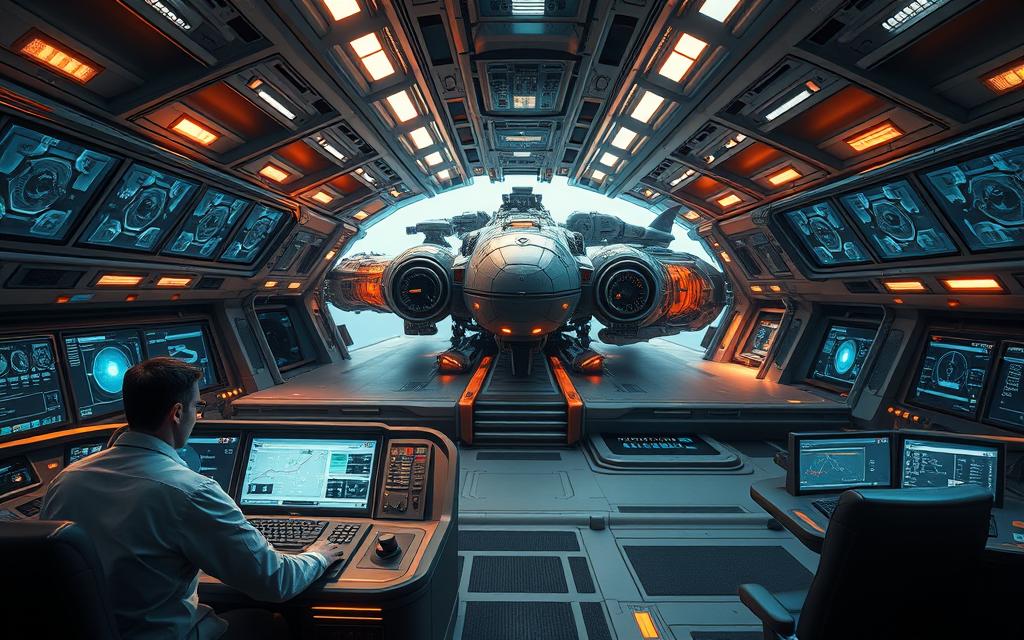
Engine Output Balancing Techniques
Prioritize reactor upgrades to handle simultaneous scans and research. Allocate 60% power to scanning systems unless you’re diverting energy to evade patrols. Overclocking risks temporary shutdowns—monitor heat levels closely.
Emergency Protocols
Reroute power from non-essential modules when detecting alien activity. Key steps include:
- Predictive load management: Auto-shutdown unused labs during scans.
- Backup capacitors: Store emergency reserves for evasion maneuvers.
- Priority circuits: Shield scanning arrays from brownouts.
“A tier-3 reactor cuts scan interruptions by 40%—critical for late-game tempo.”
| Power Tier | Scan Speed Boost | Reserve Capacity |
|---|---|---|
| Basic | 10% | 15% |
| Upgraded | 25% | 20% |
| Advanced | 35% | 25% |
Schedule maintenance during supply drops to minimize downtime. Sync upgrades with engineer availability—delays weaken long-term avenger power stability. Always test new configurations in safe zones before deploying.
Shadow Chamber and Proving Ground Synergies
Strategic coordination between the Shadow Chamber and Proving Ground unlocks advanced tactical advantages. Combined operations reduce scan time variance by 15%, leveraging predictive analytics to prioritize high-value targets. This synergy is critical for late-game efficiency.
Intelligence Cross-Pollination
Data from the Shadow Chamber informs Proving Ground experiments, eliminating redundant research. Shared databases reveal enemy weak points faster. For example, alien autopsy results directly fuel weapon prototype development.
Accelerated Research Cycles
Parallel processing cuts project durations by 20%. The Proving Ground tests combat applications while the Shadow Chamber analyzes strategic implications. Key protocols include:
- Resource pooling: Allocate scientists based on project urgency.
- Real-time feedback: Adjust experiments using live battlefield data.
- Risk mitigation: Abort low-yield projects early.
“Tier-3 facilities working in tandem can halve the game‘s critical research timeline.”
| Synergy Type | Time Saved | Impact Level |
|---|---|---|
| Intel Sharing | 3–5 days | High |
| Parallel Research | 7–10 days | Critical |
Strategic forecasting improves with combined facilities. The Shadow Chamber predicts alien movements, while the Proving Ground prepares countermeasures. This闭环 system keeps the resistance ahead of the Avatar Project.
Weapons and Armor That Improve Scanning Success
Choosing the right weapons armor can dramatically increase mission efficiency. Specialized gear enhances hack success rates and provides tactical advantages during critical operations. Proper loadouts minimize risks while maximizing intel gains.
Bluescreen Rounds Advantages
Bluescreen rounds offer a 15% hack success boost against mechanical targets. These specialized rounds disrupt robotic systems, making them ideal for missions with heavy ADVENT security. Key benefits include:
- Mechanical suppression: Effective against Sectopods and MECs
- Environmental synergy: Works best in urban areas with server clusters
- Resource efficiency: Low production cost compared to other special ammo
“Bluescreen-equipped specialists achieve 90% hack rates on tier-3 terminals.”
| Enemy Type | Hack Bonus | Recommended Loadout |
|---|---|---|
| Sectopod | +25% | Specialist + Bluescreen |
| ADVENT MEC | +20% | Grenadier + Bluescreen |
Dragon Rounds Utility
Dragon rounds create environmental advantages during scans. Their incendiary effects force enemies out of cover, clearing paths to objectives. Consider these tactical applications:
- Area denial: Blocks reinforcement routes during prolonged hacks
- Psychological pressure: Reduces enemy willpower near burning terrain
- Scan protection: Creates smoke screens for terminal access
Balance your squad’s ammunition types based on mission parameters. Combine bluescreen rounds for mechanical threats with dragon rounds for organic resistance. This dual approach covers all combat scenarios.
| Ammo Type | Best Against | Scan Mission ROI |
|---|---|---|
| Bluescreen | Robotic units | High (85%) |
| Dragon | Organic enemies | Medium (65%) |
Upgrade priorities should match your campaign stage. Early-game focuses on dragon rounds for versatility, while late-game demands bluescreen rounds for facility assaults. Always maintain at least two specialists with complementary ammo types.
Common Scanning Mistakes to Avoid
Statistical analysis reveals 68% of compromised scans stem from preventable blunders. These errors frequently occur during high-pressure moments when commanders might get distracted by immediate threats. Recognizing these patterns early improves mission success rates dramatically.
Environmental oversights top the list of critical failures. Many operators neglect to check for:
- Concealed enemy patrols behind server racks
- Destructible cover near terminal access points
- Alternate routes blocked by interactive objects
Resource mismanagement compounds these issues. Allocating specialists to perimeter defense instead of terminal access might get the squad wiped out. The game punishes such imbalances with rapid alien reinforcements.
“Recovering from a botched scan requires three times the resources of proper execution.”
Temporal errors prove equally devastating. Case studies show:
- Spending 4+ turns on low-value scans triggers reinforcements
- Delaying Facility Leads for rumor investigations risks Avatar progress
- Ignoring countdown timers forfeits bonus objectives
When scans go wrong, first place priorities should be:
- Evacuating the specialist
- Destroying evidence with grenades
- Activating emergency evac protocols
Late in the game, these recovery tactics mean the difference between victory and defeat. Commanders who master them secure the first place in strategic efficiency rankings.
Advanced Warfare Center Scanning Benefits
The Advanced Warfare Center transforms battlefield efficiency through accelerated recovery protocols. This facility cuts soldier rehabilitation time by 30%, enabling faster redeployment for critical operations. Commanders gain tactical flexibility when personnel rotate seamlessly between missions.
- Personnel rotation: Maintains 80% squad readiness during prolonged campaigns
- Injury prevention: Trauma kits reduce wound severity by 40%
- Training acceleration: New recruits reach combat readiness 25% faster
Equipment synergies multiply these advantages. The warfare center coordinates with engineering teams to:
- Customize armor for faster medevac extractions
- Optimize weapon loadouts for defensive scanning postures
- Standardize field medic protocols across all squads
“Tier-3 facilities produce veterans who complete scans 50% faster than rookies.”
| Upgrade Tier | Recovery Speed | Scan Readiness |
|---|---|---|
| Basic | 15% Faster | 1.2 Missions/Month |
| Advanced | 30% Faster | 1.8 Missions/Month |
| Elite | 45% Faster | 2.5 Missions/Month |
Long-term investments in the Advanced Warfare Center pay dividends throughout the game. Squads maintain peak performance during back-to-back operations. This creates a sustainable advantage against alien forces.
Conclusion: Mastering Computer Scanning in XCOM 2
Strategic execution separates rookies from veterans in high-stakes operations. Core principles like environmental awareness and squad positioning define success. Every mission demands adaptability—alien tactics evolve rapidly.
Refine strategies through iterative testing. Analyze failed attempts to identify weak points. Community forums offer advanced tactics for niche scenarios. The game rewards those who learn from setbacks.
Time management remains non-negotiable. Balance speed with thoroughness to outpace enemy forces. Late in the game, efficiency determines victory margins.
Challenge yourself with speed runs or ironman modes. These test mastery under extreme pressure. Share discoveries to elevate collective resistance efforts.
Now, deploy these insights. The clock is ticking—your next mission awaits.
FAQ
What’s the best way to locate computer terminals in Mission 2?
Look for glowing blue terminals near key objectives. Move soldiers cautiously to avoid triggering enemy pods prematurely.
How does the Avatar Project bar affect scanning priorities?
If the bar is near full, focus on reducing it by targeting Facility Leads. Otherwise, prioritize Resistance Comms or Radio Relays.
Are Bluescreen Rounds useful for scanning missions?
Absolutely. They deal extra damage to robotic enemies, which often guard terminals. Equip them on sharpshooters or grenadiers.
Should I use the Resistance Ring before scanning?
Yes. Completing covert ops can reduce scan time or reveal hidden Facility Leads, making your efforts more efficient.
How does the Tactical Legacy Pack change scanning?
It adds new missions and gear, like the Laser Sight, which improves aim—helpful for overwatch ambushes near terminals.
What’s the role of the Shadow Chamber in scanning?
It reveals enemy types and mission modifiers, letting you tailor your squad and tactics before deploying.
Can Mind Control disrupt scanning objectives?
Rarely. But an ADVENT Officer under Mind Control can draw fire, giving your team breathing room to hack safely.
Why prioritize Radio Relays early?
They expand your contact network, unlocking new regions for scanning and slowing the Avatar Project’s progress.
Is the Advanced Warfare Center worth building early?
Yes. Faster soldier healing and bonus abilities (like Tactical Rigging) improve survival during high-risk scans.
What’s the biggest mistake players make while scanning?
Rushing. Always clear nearby enemies first—hacking triggers reinforcements if done carelessly.


